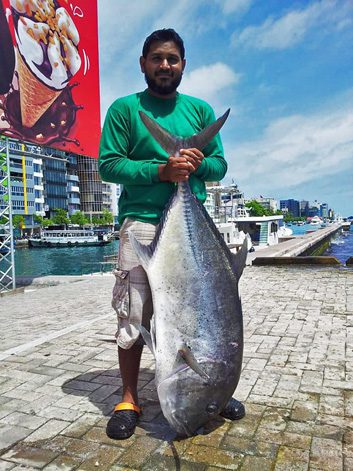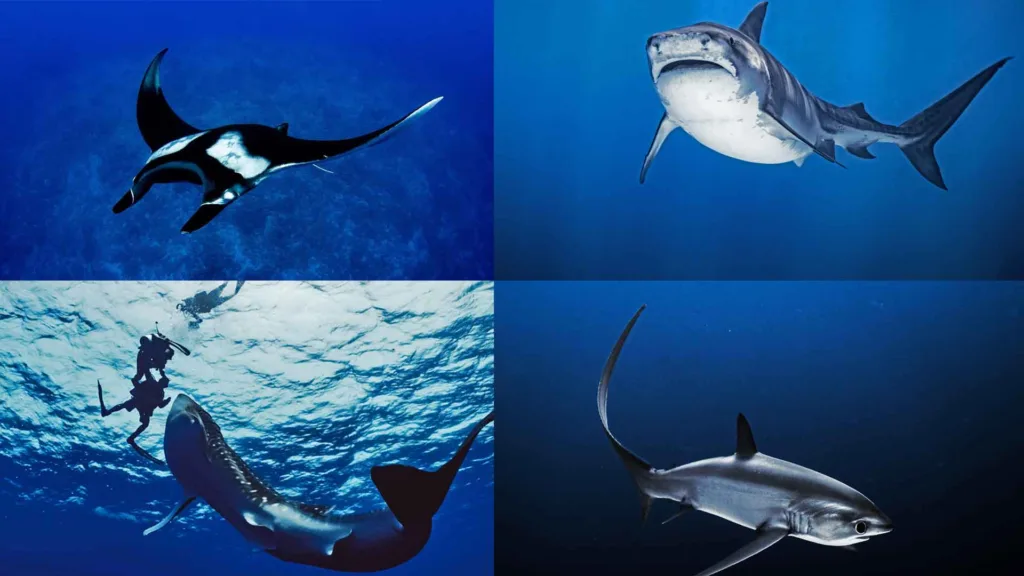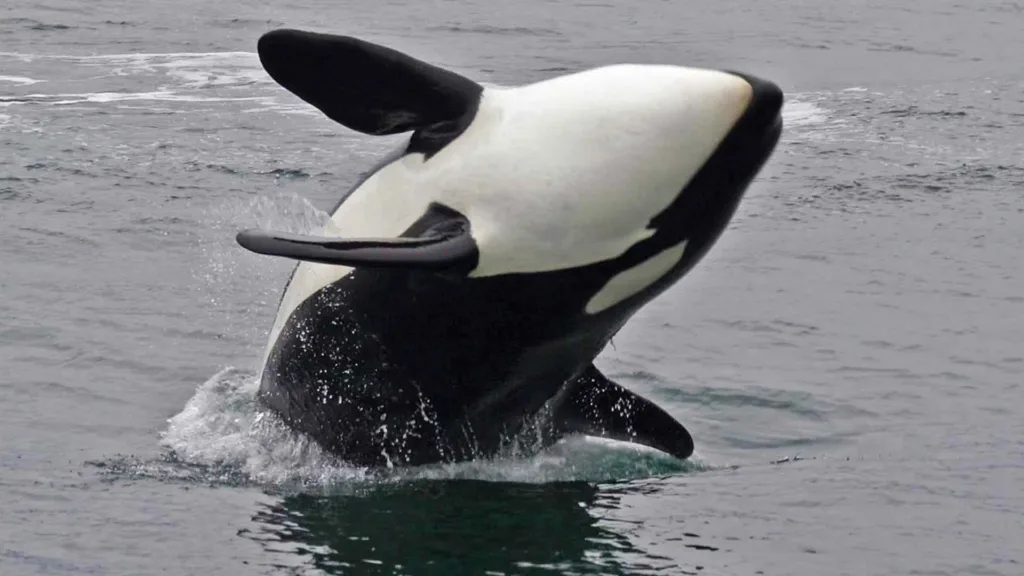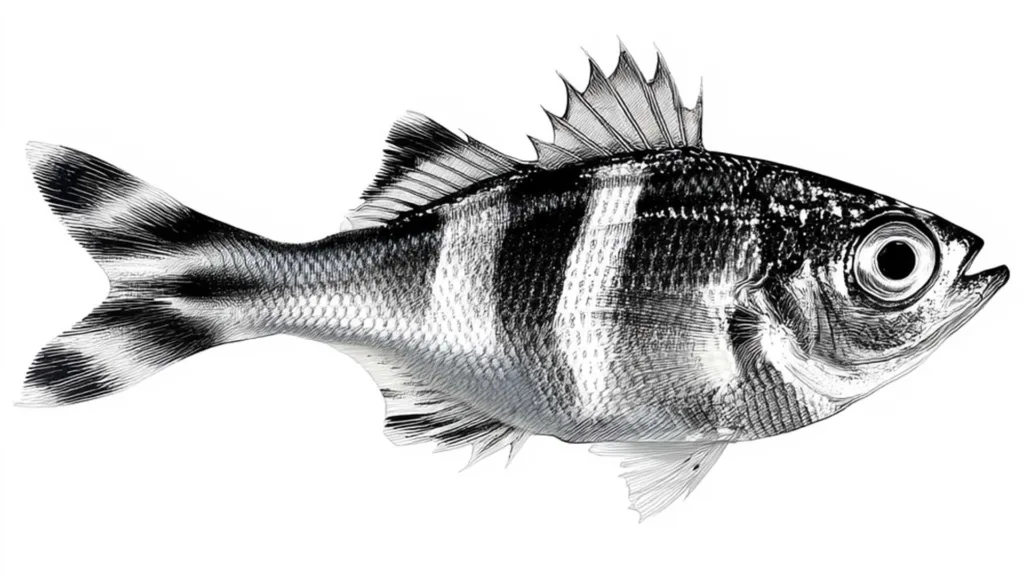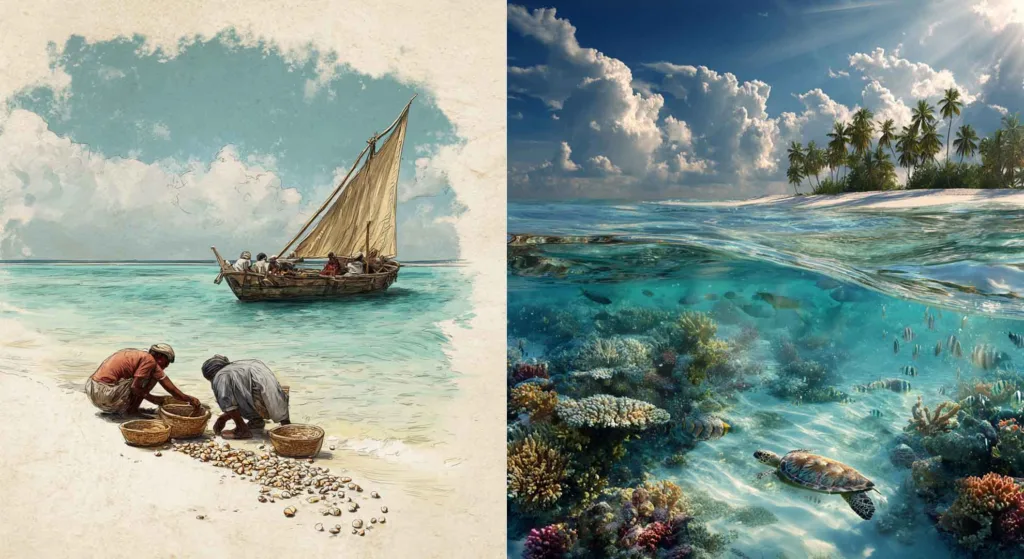Catching a Giant Trevally, or GT, is thrilling. It is a tough fight. Fighting these apex predators requires fearless aggression, which provides a thrilling and adventurous experience.
Giant trevallies are common in the Maldives. Reefs and reef flats are hot spots for these predators and provide unique habitats for them. Both reefs and flats provide prospects for catching.
They are among the world’s largest, most aggressive, and most spectacular marine fish families. Because of its size, strength, and ability to fight, it is one of the most difficult fish for sport fishermen to catch. Hooking this predator produces an adrenaline high.
Giant trevallies can grow to be at least 170 cm tall and weigh 80 kg. It bears the usual trevally look. Its pectoral fins are relatively lengthy. One stealthy weapon is the tail fin. It has power for going around reefs, wrecks, and in the open water. This fin lets it surge quickly into action to smash into schools of fish or grab a lure or fly.
The top part of GT is a little darker than the rest of its body, which is a shiny grey. Males of these species can get very dark or even black as they age. They have big eyes and mouth.
They feed on fish and various crustaceans. Fish makes up most of their food. They dash into everything that appears to fulfil their appetite.
Turtle babies, sea snakes, moving birds, and even birds in the air are all things it can eat. It seeks out weaker fish. The feed by dashing at its prey and gulping it down.
GT stays in warm ocean water. They stay close to shore most of the time; however, they can be seen in large numbers around islands. You may find them in a lagoon as well. Majority of GTs live in the open waters of the shore. Coral reefs, wrecks, and lone rock columns are their favorite habitats. They spend the entire year in limited areas.
Some GTs are substantially more versatile. They move along the rocky areas or the shore. We’ve observed them wandering the reef flat during high tide.
These predators are very active on Fuvahmula island’s southern shore. We do not have a lagoon on our island. However, at high tide, we are able to see large GTs on the reef flat and in the areas where the waves break.
They manage to overcome the overwhelming power of the waves as they crash or spill. They swim just below the breaking waves, either against or with the power of the waves and stream.
If they wish to hunt for prey, they migrate into the reef flat, sometimes in groups of five or four, but we’ve also seen them roaming around individually. It’s a fabulous sight to see. There is no streaking or following if they find something edible; they charge by dashing into it.
Giant trevallies that are smaller tend to stay in shallow water or close to the shore. Daytime, especially in the mornings and late afternoons, is the best time to fish because fish are excellent at fighting.

